The Middle East’s Geopolitical Game of Chess
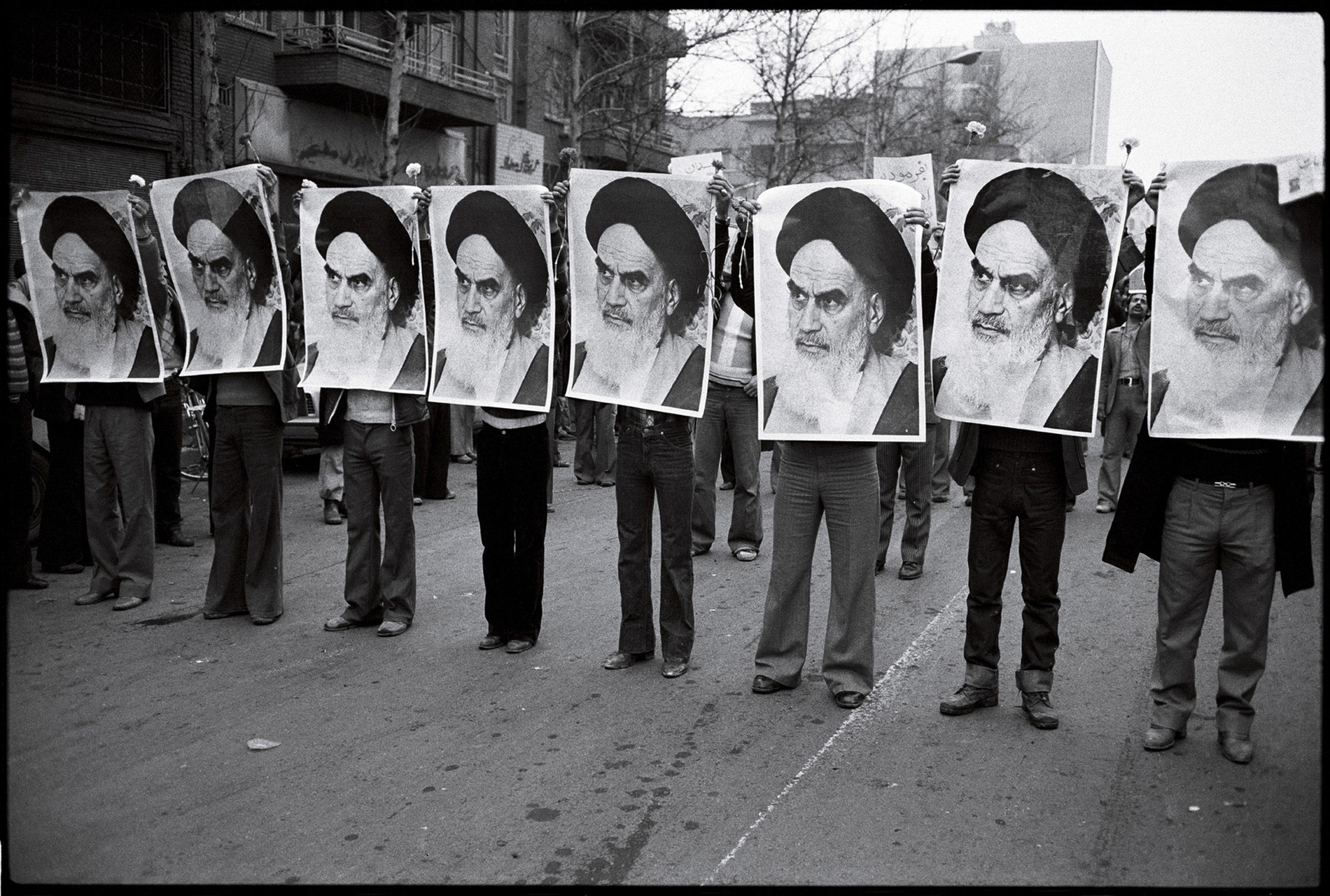
Introduction/ Background
In the year 632 CE the founding patriarch of Islam, Prophet Muhammad died, leading to a chain of events that would greatly affect the course of history, and which continue to do so to this day. Without a clear successor, dispute over who should lead his followers inevitably arose. The doctrine of Sunni Islam claims that the father of Muhammad’s wife Aisha, Abu Bakr, was the rightful successor of the caliphate, while Shias believe it was Muhammad’s cousin/son in-law Ali Ibn Abi Talib. Despite having happened more than 1,400 years ago and the two communities having lived side by side peacefully in many places, sectarian conflict between the two is increasing throughout the Muslim world. In the Middle East it is playing out through a series of proxy wars and insurgencies funded by the region’s two most powerful countries, Sunni Saudi Arabia and Shia Iran, with the two attempting to outmanoeuvre each other in a battle over regional influence and dominance.
Despite their current negative relations, tensions have not always existed between the two nations. During the time of the Iranian monarchy until 1979, Iran and Saudi Arabia were strategic allies in the region as mutual beneficiaries of US assistance and detractors of communism. The Shah of Iran and King of Saudi Arabia would exchange letters and host each other in diplomatic visits. Apart from some tension due to Iranian criticism of OPEC in the late 1970s, the two had little qualms with each other until the 1979 Islamic Revolution in Iran.
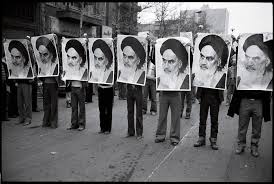
Following the overthrow of Shah Pahlavi, relations between the two countries took a turn for the decidedly worse. The newly installed Shia Islamic government of the Ayatollah Khomeini in Iran swiftly began criticizing the Sunni Wahabist government of Saudi Arabia, claiming themselves as the legitimate leaders of Islam. As the holders of Islam’s most holy sites in Mecca and Medina, the Saudis were outraged by the declaration and began to strengthen their ties with the other monarchies in the gulf region, marking a shift in their regional policy.
The brewing tension between the two countries reached a boiling point in the 1980s, due to the Iraqi invasion of Iran and the bloody war which ensued. An established monarchy, the Saudis held a constant fear of a similar overthrow of their king as in Iran, who wished to export their Islamic Revolution abroad. As such the Saudis jumped to Iraq’s aid, providing them with financial and logistical assistance. In 1981, helmed by Saudi Arabia, the gulf states of Qatar, Oman, Bahrain, Kuwait and the United Arab Emirates formed the Gulf Cooperation Council as a counterbalance to Iranian influence and power. Following the 1987 Shiite pilgrim clashes with Saudi Arabian police during the Hajj pilgrimage in which 200 Iranian pilgrims died, relations between the two powers greatly deteriorated into forming the basis for their abysmal relations today.
Proxy Conflicts
Iraq
The 2003 US invasion of Iraq and subsequent toppling of Saddam Hussein began the first of many proxy wars between the Saudis and Iranians. In the power vacuum left by Saddam’s removal, Iran rushed to fund several Shia militia groups such as the Mahdi army and Badr brigade to serve their interests in Iraq. The presence of such Shia militia groups so near to Saudi borders exacerbated their fears of Iranian intervention in the region. This Iranian policy often directly undermined coalition forces who were involved in Iraq and was one of the leading causes of the mid-2000s sectarian civil conflict. This tension was further exacerbated by the fact that the newly installed US backed government of Nouri Al-Maliki was dominated by Shiites, many of whom had extensive ties with Iran. Despite worries about Al-Maliki’s Shiite government, who Saudis effectively viewed as an Iranian puppet, the Saudis avoided direct interference in the conflict due to their alliance with the US. Iran has been a vocal critic of Saudi support to the US in the war.
The current conflict due to ISIS in Iraq saw Iran shore up its on-the-ground influence even more than it did in the previous war. With the conflict against ISIS erupting across the country, Iran swiftly made eradicating them one of their top priorities. Iran once again used its many militia groups in the country to fight for them. By securing large amounts of land territory through its militia proxies, Iran gained key access to supply routes which have proved vital to their involvement in the Syrian civil war.
Syria
The Saudi frustration following the Iranian interference of Iraq was one of the key factors that led to greater Saudi involvement in the region. Iraq was seen as a lost cause, a puppet of Iran, unsurprising considering the Iranian revolutionary guard recruits freely in parts of Iraq. After losing huge influence to their regional rival, they did not want to allow events to play out in a similar way again. This has proven a huge reason for more Saudi involvement in Syria than Iraq.
The Syrian civil war saw the huge mobilization of large world powers in support of opposite forces in the region. Iran joined Russia and Hezbollah in their support of the Shiite dictatorship of Assad. The Saudis joined the US in their support of various secular and Sunni rebel groups in opposition to Assad, a leader who they see as Iranian-aligned and thus negative to their interests in the region. The involvement of these foreign powers in the conflict has had a large role in drawing out the war to the point where it is now, where two sides are involved in a conflict that is not likely to end anytime soon.
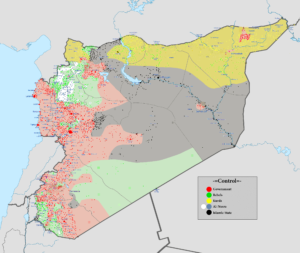
Saudi Arabia has been a key ally of the Syrian opposition and US in their conflict against both Assad and ISIS. Saudi Arabia has been a supplier of arms and funds to many opposition groups in the country. The amount and strength of arms from Saudi Arabia has increased as the war has dragged on, particularly after Russia entered the war. Following Russia’s involvement, the Saudis began sending heavier weaponry such as anti-tank weapons as a counterbalance. Working alongside regional ally Jordan, the Saudis have also coordinated the training and equipping of many rebel groups. Additionally, Saudi Arabia has played an important diplomatic role in the conflict, with the Saudis facilitating the 2015 High negotiations council in which more than 100
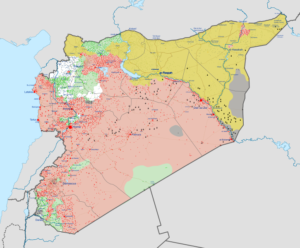
Syrian rebel leaders, some of them enemies, were brought together for the purpose of negotiating. Saudi Arabia has always stressed the fact that Assad cannot play any role in a diplomatic resolution to the conflict.
Iran’s involvement in the war has once again been much more direct than their Saudi rivals. Iran began its involvement in Syria somewhere between 2012 and 2013, putting troops on the ground alongside Hezbollah and providing Assad with vital military assistance. Iran is also believed to have aided in the creation of Jayb al-Shabi, a 50,000-member paramilitary group which supports government forces. Many believe that this Iranian involvement has proved vital in swinging the war towards Assad’s power. Coupled with Russia’s involvement in the form of air strikes, many believe that this assistance will help end the war with a pro-Assad resolution. As the war continues to draw on, it is the people of Syria that have suffered the most due to this battle over regional influence and control.
Yemen
The sectarian nature and Iranian involvement in Syria led to the spark of yet another proxy war in the region. During the Arab spring, Yemen saw large protests against the Sunni Saudi-supported leader of the country Abdullah Saleh. When Saleh announced his resignation and the transfer of power began, Iranian-backed Shia Houthi rebels, who had been involved in a long insurgency against the current government, saw opportunity and took vast swathes of territory, including the capital Sanaa. As the rebellion grew, many disillusioned non-Houthi Yemenis joined and the new president Abd Rabbuh Mansur Hadi was forced to flee the country. Alarmed at these developments, the Saudi government and their Gulf Cooperation Council allies, along with the support of the United States, intervened.
The Saudis and their regional allies began their support for the Hadi government in Yemen by first launching extensive air strikes against Houthi positions across the country and then instituting a complete naval blockade. Following this, Saudi-backed government forces retook the southern port city of Aden, allowing Hadi to establish his government base there. They then launched another operation to push forward to Northern Yemen, shaping the borders into roughly what they are today. One of the key justifications of this costly campaign (the war allegedly costs the Saudis $200 million a day), was thwarting Iranian involvement in another Middle Eastern nation.
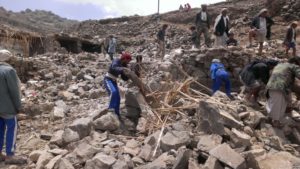
Iran’s support to the Houthi rebels has proved much less direct than their roles in Syria and Iraq. As opposed to sending in troops on the ground, Iran has preferred a more supporting role (likely due to Yemen’s geographical position). Iran has allegedly provided Houthi rebels with military aid and weapons. These weapons supposedly include anti-tank weapons, naval mines, missiles and drones. Evidence found and presented by the US following a missile attack aimed at Riyadh last month, seems to corroborate this notion Iranian support. Increased Saudi involvement in the war, has made the famously independent Houthi’s relationship with Iran even more vital to their movement’s survival.
Foreign involvement in the Yemen has proved extremely controversial and costly in its nature. Military air strikes by the Saudis and their allies have taken a huge civilian death toll in the country and wreaked havoc on the country’s already blighted infrastructure. With the few hospitals still in operation overwhelmed and many people lacking access to clean drinking water, diseases such as cholera are wiping many people out. The UN has declared the country as under a humanitarian crisis, with an estimated 20.7 million people in need of humanitarian assistance and a huge risk of famine, with 17 million people reportedly food insecure.
Lebanon
The last major country that these geopolitical games of power are being played out in is Lebanon. Founded by Iranian revolutionary guards in the aftermath of the 1982 Israeli invasion of the country, the important Shia political party Hezbollah represented an attempt by Iran to export its Islamic Revolution and influence abroad. Hezbollah played a key role in the Israeli withdrawal, and has played a large part in Lebanese politics ever since. Thus Iran uses Hezbollah as a key instrument in achieving its geopolitical goals in the Middle East. Hezbollahs 2011 toppling of the Saudi backed government of the Sunni president Saad Hariri by demonstrated the political clout that Hezbollah and by extension Iran have over Lebanese politics.
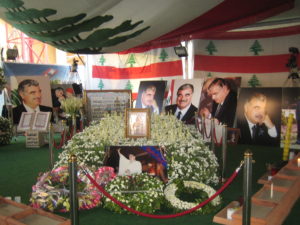
Iran’s vast regional influence through Hezbollah, is one of the key reasons behind the unfolding of the latest political crisis to occur in Lebanon. Following the Houthi missile attack on Riyadh, Saudi Arabia jumped to blame Hezbollah and Iran as players behind the scenes, stating that it amounted to a declaration of war on the part of Lebanon. Following this, Lebanese prime minister Saad Hariri unexpectedly announced his resignation from power in Riyadh, citing Iranian influence and Hezbollah as the reason. While this may be the case, given the fact that Hezbollah is believed to be responsible for the 2005 assassination of his father Rafic Hariri, many in Lebanon believe that Saudi Arabia was keeping him hostage, forcing him to do so. Following this surprise decision, Saudi Arabia made the announcement that its citizens were to leave Lebanon, bringing fears to many of another conflict in the country. Hariri is back in Lebanon now and has decided to delay his resignation for the time being. However questions over the country’s future still remain. With the regional power struggle between Iran and Saudi Arabia nowhere near finished, it is likely that Lebanon will continue to be used as a diplomatic battleground between the two powers going forward.
Conclusion
While for many the term ‘cold war’ elicits memories of the past rivalry between the USSR and USA, Iran and Saudi Arabia’s power rivalry is unfolding in much the same way. Caught between the two countries’ power moves, several nations in the region are being ripped apart by conflict, while others are forced to choose a side or attempt a delicate balance of neutrality. As diplomatic tension rises due to the intensification of proxy conflicts throughout the region, the need for diplomatic resolution between the Saudis and Iranians seems larger than ever. With last month’s announcement of a new crown prince, Muhammad Bin Salman, change and liberalization in Saudi Arabia seems imminent. Whether this will translate into changes in foreign policy, however, is impossible to say. What is evident is that if the countries do not reconcile their differences, the conflicts in the region will continue unabated as civilians continue to be the victims of geopolitical games of power.
Edited by Zoë Wilkins
